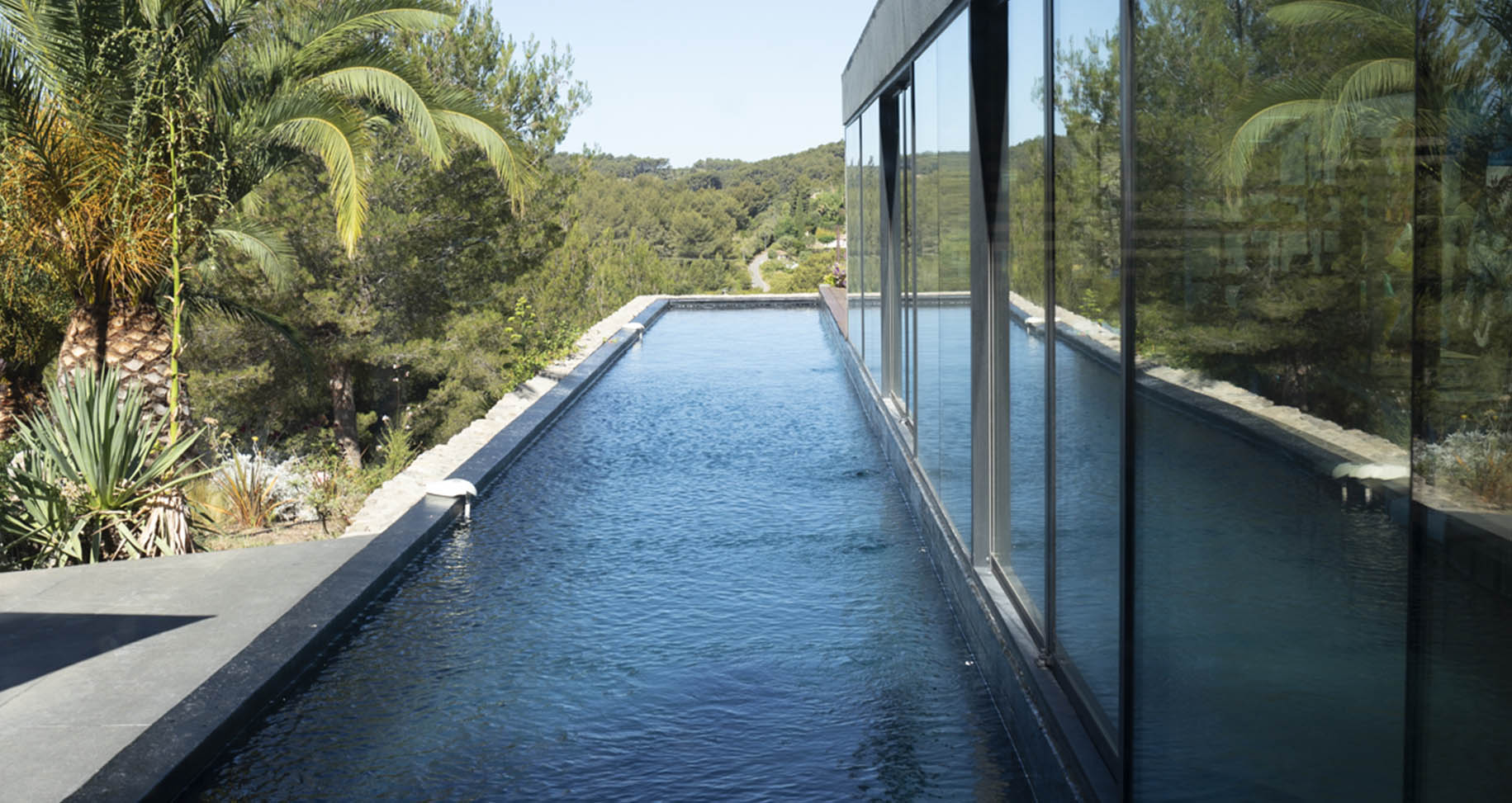Help! I think my pool is leaking!

If you notice the water level in your pool going down, you might be surprised and perhaps concerned. Obviously, a leak is the first thing you'll want to rule out. So how can you tell whether there actually is a problem? Here are some checks you can carry out yourself before calling in your pool service company.
Monitor the water level in your pool
There are official standards governing pool water thighness. Pools are placed in one of four classes: W0 for zero loss in 24 hours, W1 for 1mm loss in 24 hours, W2 and W3. Generally, only stainless-steel pools meet the requirements of the W0 class. A minimal water loss is considered acceptable for all pools. Whatever type of pool you have, it is important to keep a close eye on the water level, because if it drops below the skimmers, the pump will start to take in air and lose prime. This could damage your system. You need to be even more careful is your pool has mirror skimmers with very small openings, because it makes the pump lose prime even more easily.
Weather-induced evaporation
Unbelievable as it may sound, the water level in your pool can drop by up to 2cm per day, simply due to evaporation! This is in fact the primary cause of water loss. Summer's here, the temperature is soaring, there's a breeze blowing - and your pool water is evaporating before your very eyes! It's important to take wind exposure into account during the planning stage, to ensure your pool is optimally positioned. The most efficient way of limiting water loss is to keep your pool covered when it's not in use. And of course, the evaporation reaction consumes heat, cooling the water. So not only does a pool cover ensure your pool is safe, when there's no one around to supervise, it also keeps the water warm.
Splish, Spash, where's the water gone?
Pool antics are the second most significant cause of water loss: everything from diving and fancy jumps, not to mention bombing, can send the water level plunging. So, after a throng of children have spent a fabulous day splashing around in the pool, you can expect to need to top the water up.
Think you have a leak?
The first thing to do is to let the water level drop below the skimmers until it stabilises. You can then look at the configuration of your pool to find the source of the problem. Suction outlets and skimmers are frequent culprits. Leaks from underground pipes are more difficult to detect. Look at the ground around your pool to see whether there's an area that has sunk slightly or a particularly green patch that is getting extra water. Other causes include a torn liner or damage to the pool due to ground movements or a construction defect. In this situation, the best solution is to call in the professionals.
The bucket test
To work out whether your pool's dropping water level is due to natural evaporation or a leak, do the bucket test. Fill a bucket with water from the pool. Put it on the top step of your pool so that it is partially submerged and the water in the bucket stays at the same temperature as the pool water. Draw a line to mark the water levels in the pool and in the bucket. Wait a while, then grab a tape measure. If the level in the pool has dropped further than the level in the bucket, you know you have a leak.
You will like also ...
ALL NEWS Maintenance of my pool
Maintenance of my pool
How can I save water when using my pool?
 Construction tips for my pool
Construction tips for my pool
The latest innovations in pool water filtration
 Renovation tips for my pool
Renovation tips for my pool
How can you refurbish your pool to make it more energy-efficient?
 Maintenance of my pool
Maintenance of my pool
Understanding water balance